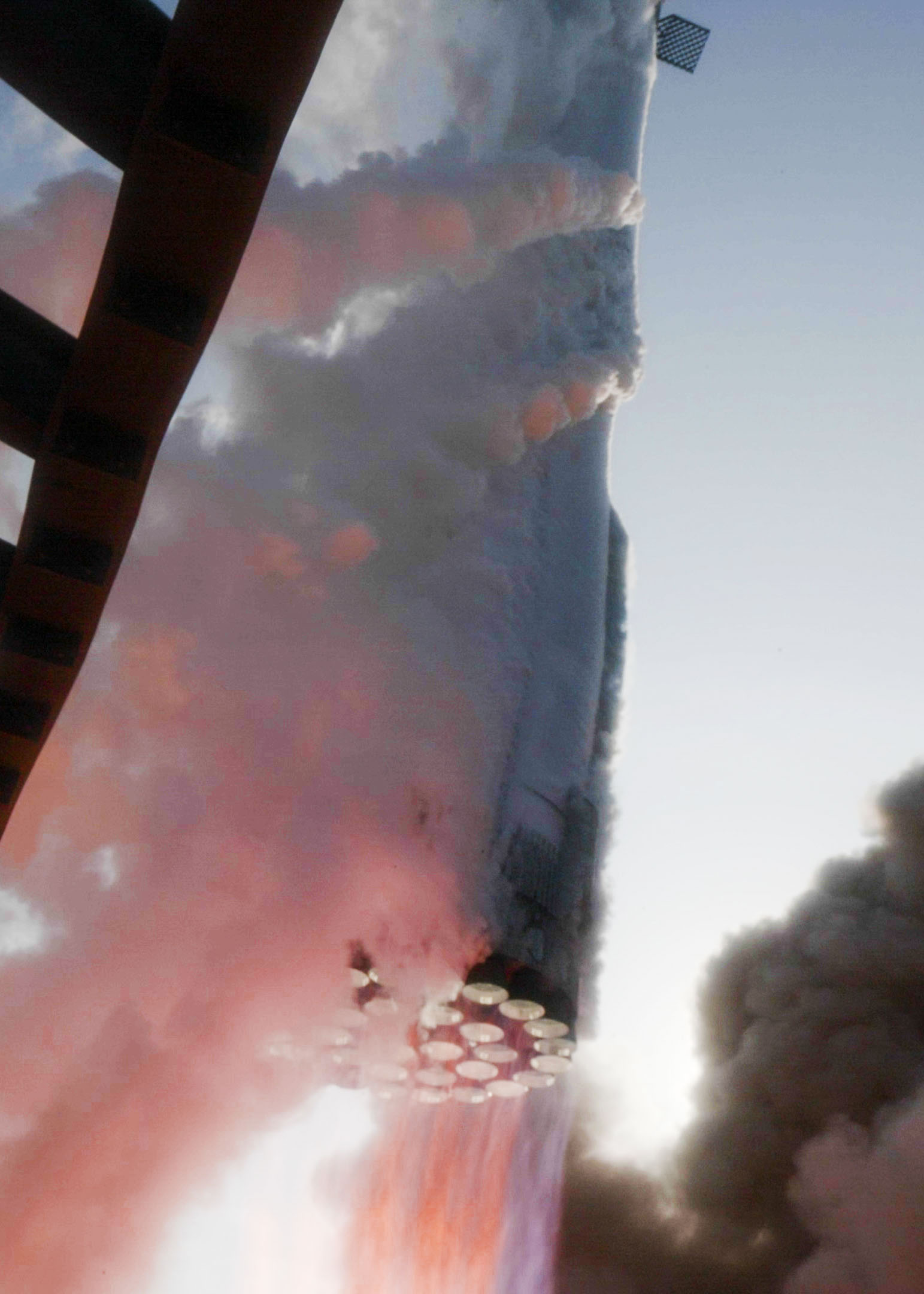What if Starship’s thermal protection tiles were compromised during reentry—how would it handle this scenario?

Hey there, fellow space lovers! 🌟
As we gaze toward the future of interplanetary travel, one of the most critical challenges facing spacecraft like SpaceX's Starship is reentry into Earth’s atmosphere. With its innovative thermal protection system consisting of over 100,000 ceramic heat tiles, Starship is designed to withstand the intense heat of reentry—temperatures can reach around 1,600°C (2,912°F)! But what happens if those thermal protection tiles are compromised during reentry? Let's explore this potential scenario! 🚀🔥
First, let’s delve into the purpose of those thermal protection tiles. Made from a specialized material called silica-based ceramic, these tiles are designed to insulate the spacecraft and protect it from the scorching heat generated due to atmospheric friction as it travels at speeds of around 25,000 km/h (15,534 mph) during reentry. An essential aspect of their design is to withstand hundreds of reentry cycles, which is key to the Starship’s reusability goals. But what if a few tiles were damaged or lost? 😟🔍
Should the thermal protection tiles suffer damage, Starship would rely on its advanced thermal management systems. Each tile is strategically placed, meaning that even if some tiles become compromised, others may still provide adequate protection. The spacecraft could potentially withstand minor failures without catastrophic results, although the exact amount of damage it could absorb is still a topic of ongoing research. 💡🔧
Moreover, Starship is equipped with a suite of sensors that continuously monitor the structural integrity of the spacecraft during reentry. These sensors gather data on temperature, pressure, and acceleration, providing crucial real-time feedback. If significant damage were detected, Starship’s onboard systems could adjust its flight path or angle of descent, allowing it to redistribute heat away from the compromised areas—essentially working to stabilize the situation as much as possible. This ability to change trajectory slightly—using its grid fins or engines—could be the difference between a safe landing and a potential disaster. 🎛️🛰️
But let’s not forget about the training astronauts would undergo for such emergency scenarios. Crew members would be well-prepared to use protocols that prioritize communication with Mission Control. Real-time assessments and instructions could help coordinate an emergency landing plan, should reentry dynamics shift dramatically. 🧑🚀📡
Ultimately, while compromised thermal protection tiles during reentry pose a significant challenge, Starship's design and technology allow for various contingency responses. With strategic tile placement, advanced monitoring systems, and robust crew training, it’s clear that resilience is built into the very fabric of the Starship. 🌌✨
As we stand on the brink of a new era in space exploration, it’s exciting to think about how human ingenuity can adapt and solve the problems we might face on the journey to the stars. Keep dreaming big and envisioning a future filled with possibilities! 🌠🚀
Until next time, stay inspired!
#SpaceX #Starship #ThermalProtection #Reentry #SpaceExploration
image credit: SpaceX